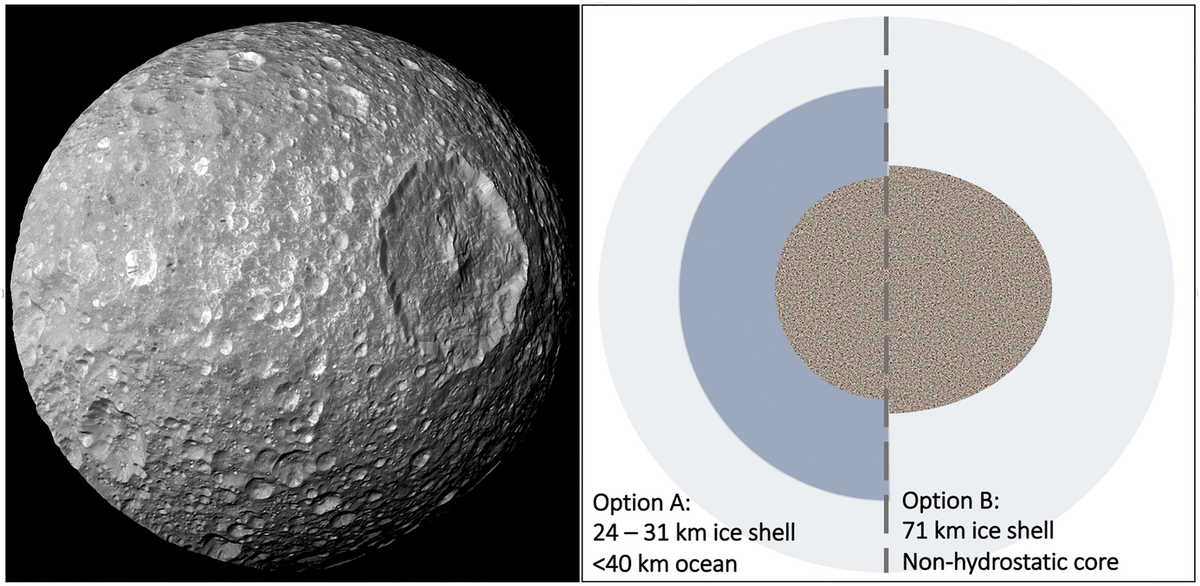
EPFL researchers have come up with a new approach to electronics that involves engineering metastructures at the sub-wavelength scale. It could launch the next generation of ultra-fast devices for exchanging massive amounts of data, with applications in 6G communications and beyond.
Until now, the ability to make electronic devices faster has come down to a simple principle: scaling down transistors and other components. But this approach is reaching its limit, as the benefits of shrinking are counterbalanced by detrimental effects like resistance and decreased output power.
Elison Matioli of the Power and Wide-band-gap Elect...
Read More







Recent Comments